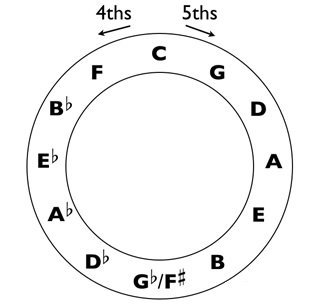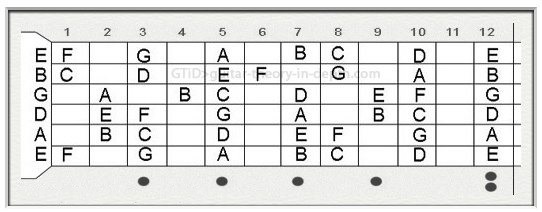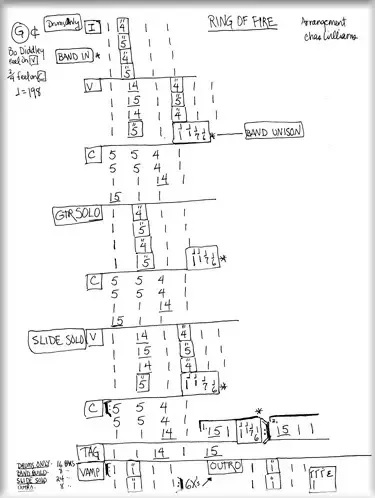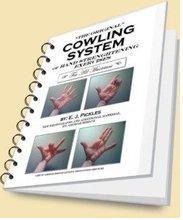"Could You Transpose This
Down To G?
I Have A Cold."
LATE-BREAKING NEWS!! -- I stumbled across this video by MELANIE FAYE, a truly awesome guitarist... She shows you exactly what I'm discussing below about transposing... Enjoy!!
OOOPS! TRANSPOSE??? Are you in trouble now?
Well, take a few minutes to read this tutorial. Then practice the material. You will in short order be known as a great accompanist and be "first call" on every singer's contact list. It's easy when you know how :)
Transpose Guitar/Piano, etc.:
How-To:
Very, Very Important Note:
I really, really want you to understand the info on this page, so give yourself as much time as you need to understand EACH point, and try it out on your instrument,
ONE step/point at a time.
In other words, don't "charge" ahead until you are certain you have a particular point [scale, chord relationship, etc.] "down cold".
Each individual point is basic and simple, and will add up to a general effortlessness
in transposing on your instrument.
So don't "rush" yourself, or you will have to go back anyway and fix up the inaccuracy or uncertainty
you left behind, ok? OK!
[The above, by the way, is how all the real professionals study - at least the ones I know and/or admire.]
Good Luck in your Transposing!
FIRSTLY - Learn your basic note relationships in, for convenience, the key of C:

Ok… Now did you know that the “lingua franca” of Jazz and Pop is ROMAN NUMERALS? Yep.. Why? So you can change keys instantly!
Lets start with THE BLUES.. Just about all Pop and Jazz musicians refer to this as a “1–4–5 progression” or rather “I-IV-V”. In the key of C, this would be C-F-G, of course. [We’re just discussing the ROOT of the chord, only, at this point.]
SO… What’s a “Blues in G”? — G-C-D!
Ok, so far? Cool.
SO, what you should do is get your note relationships in C, as above, down COLD. And then learn them in all keys. This will exercise your ear into the faculty of ‘RELATIVE PITCH’
Hint: MOST [not all] Pop music conventionally anchors itself to the TONIC, or ‘root’, and eventually winds up there. Now we are getting into music theory, but you can listen to almost any Pop song and hear what the root is.
Another hint: Once you get C down cold, or at least very very well, take “G” as the next key to study - why? Because you already know a lot of it from “C” {OR, alternatively, you could go to F -- see my hint below*]
Another hint: There are keys which are common in Pop. [C# is NOT one of them… So don't worry too much about tackling that right away.. :) ]
In other words - Learn your scales/chord tones/scale degrees in a rough order of difficulty. And on PIANO at least, the “go to” scheme is THIS:
Transpose Guitar/Piano, How-To - Second Step:

THE CYCLE OF FIFTHS! [*OR, you can go the other way and study it by FOURTHS, which would be "F" to "Bb" to "Eb", etc. Below are some ideas why that is:
*ANOTHER hint: going counter-clockwise - fourths - winds you up in "Keyboard", "Pop", "Jazz", and "Horn" Land. Going CLOCKWISE puts you into "ROCK and GUITAR Land".
Why?
[Some may disagree to the following. But remember this is a quick "rule of thumb" to get you into easy transposing without giving yourself a headache.]
Here's why: ’Cause horns play predominantly in those “flat” key signatures and, of course, guitars favor keys which correspond to those root notes in the clockwise direction: "sharp" key signatures. That’s how the strings are tuned on a guitar. And SO many singer-songwriters write great songs using basic guitar chords. That's probably the Beatles' fault :)
See how a guitarist thinks?

The above is a general rule of thumb, but you’ll find it useful
So -- Learn to recognize RELATIVE pitches in a song. ["It goes like this: a fourth, a fifth," ~ "Hallelujah" ~ Leonard Cohen] Then you will be able to transpose that song, or any song -- at will!
Parting words.. In NASHVILLE, they famously don’t use “charts” as such -- [This is the renowned "Nashville System"] They write the RELATIVE chords in Arabic Numerals on the back of an envelope! Why? Because they might have to transpose it when the actual singer shows up, or when they do a different version for a different singer.
Like so: [“V” means "verse", “C” means "chorus", and so on:]

So, to wrap up.. Learn your scale degrees and then chord types, etc.. Transpose them. and then you’ll NEVER again be stymied by the singer asking: “Hey, can we take this down about two steps?”
Here's to great playing!
THIS "SECRET METHOD" TO INSTRUMENTAL MASTERY HAS BEEN "HIDDEN IN PLAIN SIGHT" FOR OVER A CENTURY!
But now, it has been REDISCOVERED! And YOU can enjoy the amazing benefits of it:
This Method Book Can ABSOLUTELY "Supercharge" YOUR Practice Routine - on ANY Instrument!
Find out more, or:
Buy It NOW On Amazon [Physical Paperback]:
or:
Get the PDF by clicking here:
"I’ve been playing a long time and really want to take my speed and accuracy to the next level! The first lesson...WOW! I’m a believer!!" ~ Will Suddeth, March 2020
And the accolades continue: David Grisman [above] uses "The Original" Cowling System:
DOWNLOAD "THE ORIGINAL COWLING SYSTEM©" -- PDF "E-BOOK" - 70 pages [$22.50 via PAYPAL secure]
THE SOFTCOVER PHYSICAL BOOK IS BACK IN PRINT! - Available at Amazon.
And still more [actual and unsolicited] rave reviews for "The Original" Cowling System:
-----------------
FROM A VIOLINIST:
"The Cowling System © is a set of 12 exercises designed to increase the flexibility and strength of the hand, wrist, and fingers.
"I bought the course in 1978 and have found them to be invaluable.
"I've kept them all these years and still use them to warm up with before playing."
~ Richard Barton posted on VIOLINIST.COM
-----------------
FROM A BASS PLAYER:
?"My fingers actually DO what my brain tells them to do, WITHOUT getting confused."
~ Anthony Jerome Smith, 35-year veteran bass player.
-----------------
FROM A PIANIST:
"In 1976, my teacher gave me his copy of all the exercises, whereupon I made xeroxed pages to put in a binder.
"My teacher was amazed at my progress that in a year I could play, for example, the prelude #17 of Chopin!
~ "RPN58" (from a pianists' discussion board in England, 2006)
-----------------
FROM A GUITARIST:
"I was introduced to the Cowling System © in the 1980's by a violinist in his seventies, who had amazing dexterity on his instrument for HIS age.
"Through the use of the COWLING SYSTEM ©, I went from "amateur" to an "A" level in music in a very short number of years.
"I have been using the exercises continuously since my friend gave them to me and believe me - THEY WORK."
~ Don Wills Guitarist, Great Britain
-----------------
FROM A VIOLINIST:
"I must say I am highly delighted with the way my fingering has improved since I commenced your hand strengthening exercises.
"Recently, I became very depressed about my playing and almost decided to give it up, but now I feel it's a pleasure, thanks to the Cowling System. ©"
~ "THE VIOLINIST" Magazine, December, 1924
I'd love to see YOUR testimonial on this list! If you really do "THE ORIGINAL" COWLING SYSTEM © of Hand Strengthening Exercises", you CAN master and truly enjoy your music!


